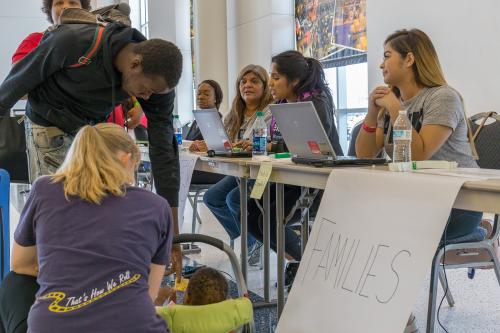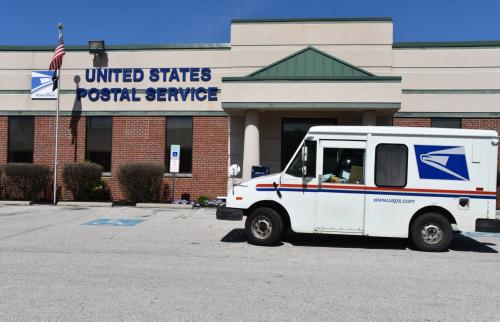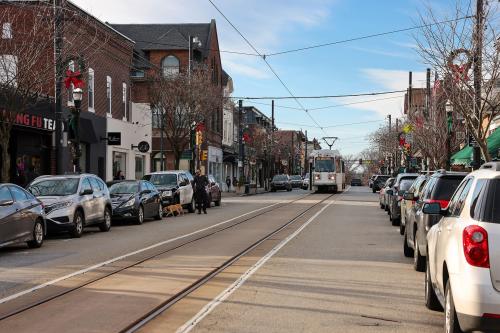Abstract
A college, university, or medical institution is a top ten private employer in every one of the 20 largest cities in the U.S. These “eds and meds” are powerful economic engines in cities, and are increasingly recognizing that their health depends on their cities’ health. In this survey, University of Pennsylvania researchers Ira Harkavy and Harmon Zuckerman highlight the economic power of “eds and meds” and what institutions are doing to contribute to their communities.
Key Findings
Institutions of higher learning (“eds”) and medical facilities (“meds”) are some of the largest private employers in America’s biggest cities. A survey of the top 10 private employers in the largest 20 U.S. cities found that:
Nearly 550,000, or 35 percent, of the 1.6 million people who work for the top ten private employers are employed by eds and meds.
An ed or med is a top employer in every one of these cities despite their differences in age, region, and development pattern.
At least half of the employers in five of the cities- Washington, Philadelphia, San Diego, Memphis, and San Jose- are eds and meds.
Although the District of Columbia’s major employer is the federal government, eds and meds account for 76.7 percent of the jobs generated by the top ten private firms.
Sixty-nine out of the 200 largest private firms, or 35 percent, are eds and meds.
In four of the cities- Washington, Philadelphia, San Diego, and Baltimore – eds and meds account for more than half of the jobs generated.
In Baltimore, Detroit, and Philadelphia, the number of eds and meds jobs in the ten largest firms make up over 10 percent of the entire city’s job base. In half of the cities surveyed, these jobs make up over 5 percent of the city’s total employment.
The Brookings Institution is committed to quality, independence, and impact.
We are supported by a diverse array of funders. In line with our values and policies, each Brookings publication represents the sole views of its author(s).


